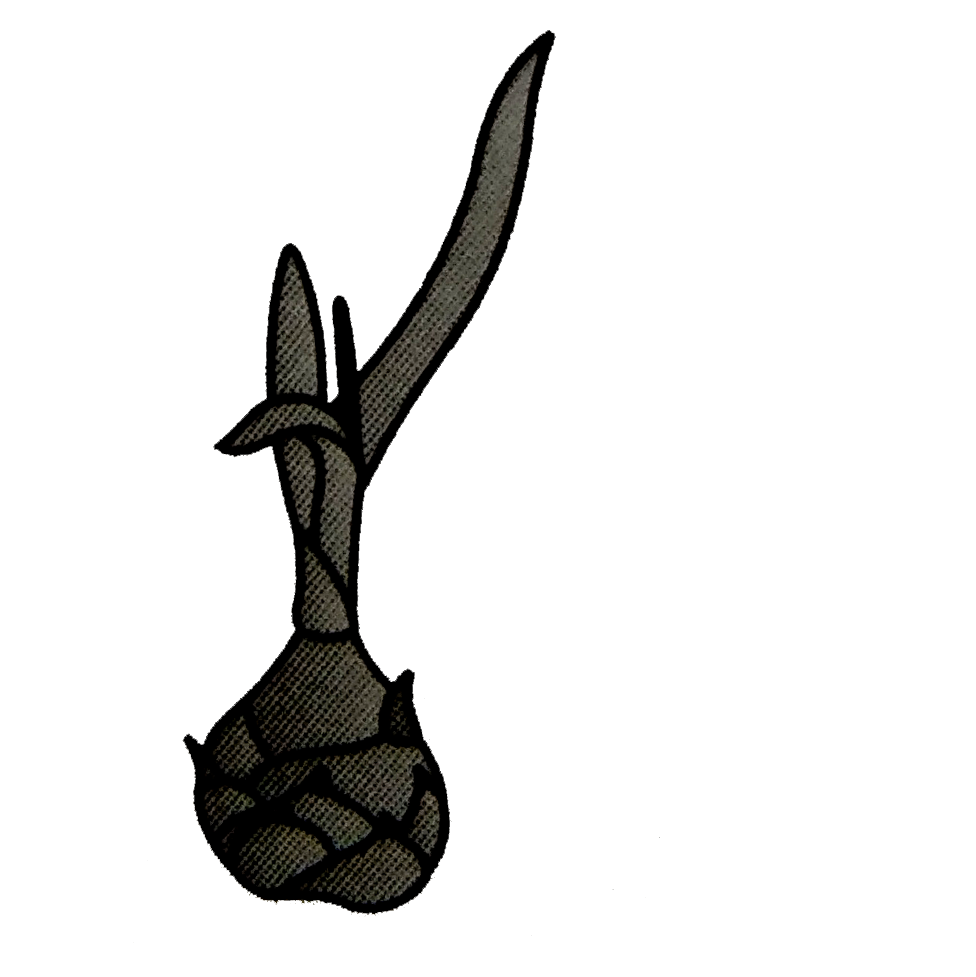Which is not an example of vegetative propagule in angiosperms
Zoospores of Chlamydomonas
Eyes of Potato
Rhizome of Ginger
Bulbil of Agave.
The correct Answer is:A
To determine which option is not an example of a vegetative propagule in angiosperms, we will analyze each option provided in the question.
1. Understanding Vegetative Propagules:
- Vegetative propagules are parts of a plant that can develop into a new plant. Common examples include tubers, rhizomes, bulbs, and offsets.
2. Analyzing Option A: Zoospores of Chlamydomonas:
- Chlamydomonas is a unicellular green algae that reproduces asexually by producing zoospores. These zoospores are not vegetative parts of a plant; instead, they are reproductive cells. Therefore, this option does not qualify as a vegetative propagule.
3. Analyzing Option B: Eyes of Potato:
- The eyes of a potato are actually buds that can sprout into new potato plants. They are considered vegetative propagules because they are part of the potato tuber, which is a modified stem.
4. Analyzing Option C: Rhizome of Ginger:
- The rhizome of ginger is an underground stem that can produce new shoots and roots. It is a classic example of a vegetative propagule.
5. Analyzing Option D: Bulb of Agave:
- The bulb of agave is a modified structure that can also give rise to new plants. It is considered a vegetative propagule as it can grow into a new plant when planted.
6. Conclusion:
- After analyzing all options, we find that the only option that does not represent a vegetative propagule in angiosperms is Option A: Zoospores of Chlamydomonas.
Final Answer:
The answer is Option A: Zoospores of Chlamydomonas.
---
- Vegetative propagules are parts of a plant that can develop into a new plant. Common examples include tubers, rhizomes, bulbs, and offsets.
- Chlamydomonas is a unicellular green algae that reproduces asexually by producing zoospores. These zoospores are not vegetative parts of a plant; instead, they are reproductive cells. Therefore, this option does not qualify as a vegetative propagule.
- The eyes of a potato are actually buds that can sprout into new potato plants. They are considered vegetative propagules because they are part of the potato tuber, which is a modified stem.
- The rhizome of ginger is an underground stem that can produce new shoots and roots. It is a classic example of a vegetative propagule.
- The bulb of agave is a modified structure that can also give rise to new plants. It is considered a vegetative propagule as it can grow into a new plant when planted.
- After analyzing all options, we find that the only option that does not represent a vegetative propagule in angiosperms is Option A: Zoospores of Chlamydomonas.
The answer is Option A: Zoospores of Chlamydomonas.
Topper's Solved these Questions
- REPRODUCTION IN ORGANISMSBOOK - DINESH PUBLICATION ENGLISHCHAPTER - REPRODUCTION IN ORGANISMSEXERCISE - Check Your Grasp
19 Videos
- PRINCIPLES AND APPLICATIONS OF BIOTECHNOLOGYBOOK - DINESH PUBLICATION ENGLISHCHAPTER - PRINCIPLES AND APPLICATIONS OF BIOTECHNOLOGYEXERCISE - Brain Teasers
5 Videos
- REPRODUCTIVE HEALTHBOOK - DINESH PUBLICATION ENGLISHCHAPTER - REPRODUCTIVE HEALTHEXERCISE - check your grasp
10 Videos
Similar Questions
Knowledge Check
Identify the given vegetative propagule.
 ABulbBRunnerCRhizomeDBulbil
ABulbBRunnerCRhizomeDBulbil
A marine angiosperm is
View SolutionSmallest angiosperm is
View SolutionSelect the correct match w.r.t vegetative propagules in angiosperms
View SolutionThe endosperm in angiosperm is
View SolutionWhich one of the following is not a natural method of vegetative propagation
View SolutionStolon is a type of vegetative propagule which is majorly observed in strawberries . It is a modified
View SolutionRootless angiosperms are
View Solution
